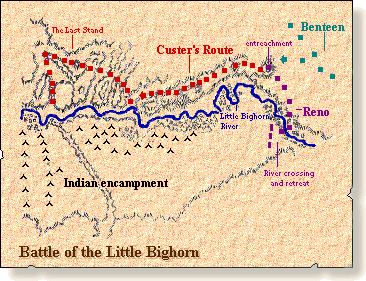QUESTION:
Historians have traditionally labeled the period after the War of 1812 the “Era of Good Feelings.” Evaluate the accuracy of this label, considering the emergence of nationalism and sectionalism.
The label for the period after the War of 1812, The Era of Good Feelings, was true in considering to certain aspects of America. Even though there were some major problems, the Era of Good Feelings applied to the strong sense of nationalism. Evidently the issues on the tariff, foreign policy, political parties, slavery and national bank represented a greater national gap.
When Monroe became president the nation’s expectations were very high. After defeated the British in two major wars, American was slowly but surely becoming a strong power. America reached a high, socially and people became more dedicated to keep the union.
There was a sense of separation between the north and south but Monroe and John Quincy Adams made it evident that there wasnt separation because Monroe won all electoral votes except for one. The only distinction was the North hated slavery and the abolitionists began to become stronger. South supported slavery and while new states were being added they wanted them to allow slavery as well. This also became a problem but was settled by the Missouri Compromise, which made it a slave state but all states above the 36 30 line. Thomas Jefferson saw this as a problem stating that “a geographical line coinciding with a marked principle, moral and political, once conceived and held up to the angry possessions of men will never be obliterated and every new irritation will mark it deeper and deeper. The industrial economy of the North and the agrarian economy of the South was difference between the two. The main problem created by this tension was the economic policies of the nation and as John Randolph pointed out to the Congress in 1816. The Bank of U.S. was now functioning with the loans of British investors.
During the early 1800's France and Britain were at war and for many years America remained neutral. But, Great Britain began seizing American ships and impressing the Americans into the British Navy. In addition, Great Britain was supplying the Native Americans in North America with guns and, as a result America declared war on Britain in 1812. The phrase "Era of Good Feelings" was used to describe the administrations of Munroe in 1816 but the validity of this phrase is questioned. Many people might believe that the period after the war of 1812 was an "Era of Good Feelings" because of the nation's gain of nationalism and expansion of the country, but it was not because of growing sectionalism and state issues. After the War of 1812, America gained a pride from winning the war known as nationalism. This pride caused them to feel inferior to other countries such as Great Britain.
This is pointed out in Document H when it is mentioned that Munroe was not willing to be subordinate to Great Britain. Another example of this would be the Monroe Doctrine that was a warning to the European states to stay out of the Western Hemisphere or else they would have to deal with America. Moreover, Document C shows the country celebrating the Fourth of July in a happy spirit. In addition, during the War of 1812, Americans defeated many Native Americans in the west which opened up land for the Americans leading to the Westward Expansion seen in Document E. This expansion was essential because southerners needed more land to grow cotton and tobacco and it also helped citizens with economic difficulties from the Embargo Act that put a tax on goods from Great Britain before the war. Furthermore, with the creation of the American System by Henry Clay, revenues from the tariffs went towards building roads and canals that were needed by the country stated by John Calhoun in Document B. During the early 1800's France and Britain were at war and for many years America remained neutral. But, Great Britain began seizing American ships and impressing the Americans into the British Navy. In addition, Great Britain was supplying the Native Americans in North America with guns and, as a result America declared war on Britain in 1812. The phrase "Era of Good Feelings" was used to describe the administrations of Munroe in 1816 but the validity of this phrase is questioned. Many people might believe that the period after the war of 1812 was an "Era of Good Feelings" because of the nation's gain of nationalism and expansion of the country, but it was not because of growing sectionalism and state issues. After the War of 1812, America gained a pride from winning the war known as nationalism. This pride caused them to feel inferior to other countries such as Great Britain.

![See page for author [Public domain], via Wikimedia Commons Official Portrait of President Reagan 1981](http://upload.wikimedia.org/wikipedia/commons/thumb/1/16/Official_Portrait_of_President_Reagan_1981.jpg/256px-Official_Portrait_of_President_Reagan_1981.jpg)











.jpg)

